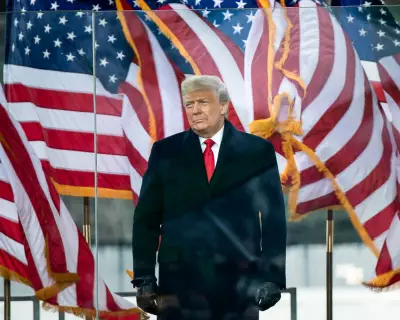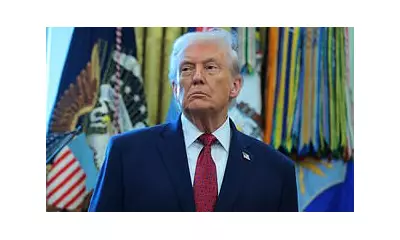
The landscape of international development is shifting dramatically as American foreign aid faces unprecedented reductions, revealing a complex tapestry of reactions across the globe. While headlines often focus on the negative impacts, a more nuanced story emerges from communities that have experienced USAID's presence firsthand.
The Other Side of American Generosity
In various corners of the developing world, the departure of USAID programmes is being met with something other than despair. "They take the money and go" has become a recurring sentiment among some local leaders and community members who've witnessed what they describe as a cycle of temporary solutions without lasting change.
A Legacy of Mixed Results
Critics point to several persistent issues that have coloured their perception of American aid:
- Short-term thinking that prioritises quick wins over sustainable development
- Cultural misunderstandings that lead to poorly adapted programmes
- Bureaucratic hurdles that slow implementation and increase costs
- Political agendas that sometimes overshadow genuine humanitarian needs
Voices from the Ground
Local business owners and community leaders in affected regions express a range of opinions that challenge conventional narratives about international aid. Some argue that the reduction in American assistance might create space for more locally-led development approaches.
"When the foreign money leaves, we're forced to rely on our own resources and ingenuity," notes one community organiser who preferred to remain anonymous. "Sometimes that's when real, sustainable development begins."
The Complicated Reality of Aid Effectiveness
Development experts acknowledge that the debate about USAID's effectiveness isn't new, but the current funding cuts have brought these discussions to the forefront. The situation raises fundamental questions about:
- How to measure the true impact of foreign assistance
- The balance between immediate relief and long-term development
- The role of local ownership in aid programmes
- The intersection of foreign policy and humanitarian goals
Looking Forward: A New Era for Development?
As the United States recalibrates its international development strategy, many are watching to see how this moment might reshape global aid architecture. Some see an opportunity for more equitable partnerships, while others worry about the vacuum that might be left behind.
The conversation about USAID's future reflects broader debates about America's role in the world and how best to support sustainable development in an increasingly complex global landscape.
What remains clear is that the story of American foreign aid is far more complicated than simple narratives of generosity versus withdrawal, and the voices of those directly affected deserve to be heard in this important discussion.





